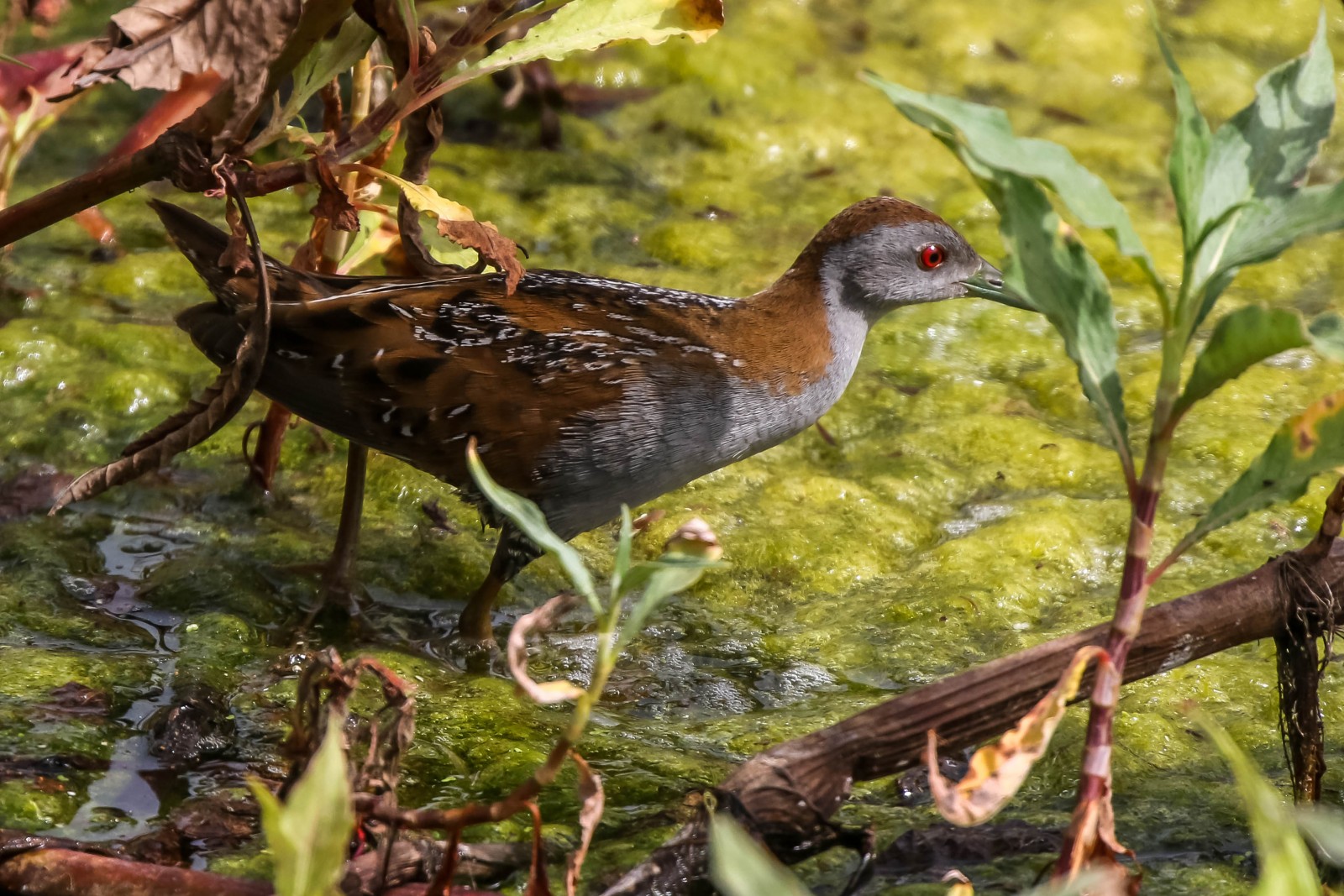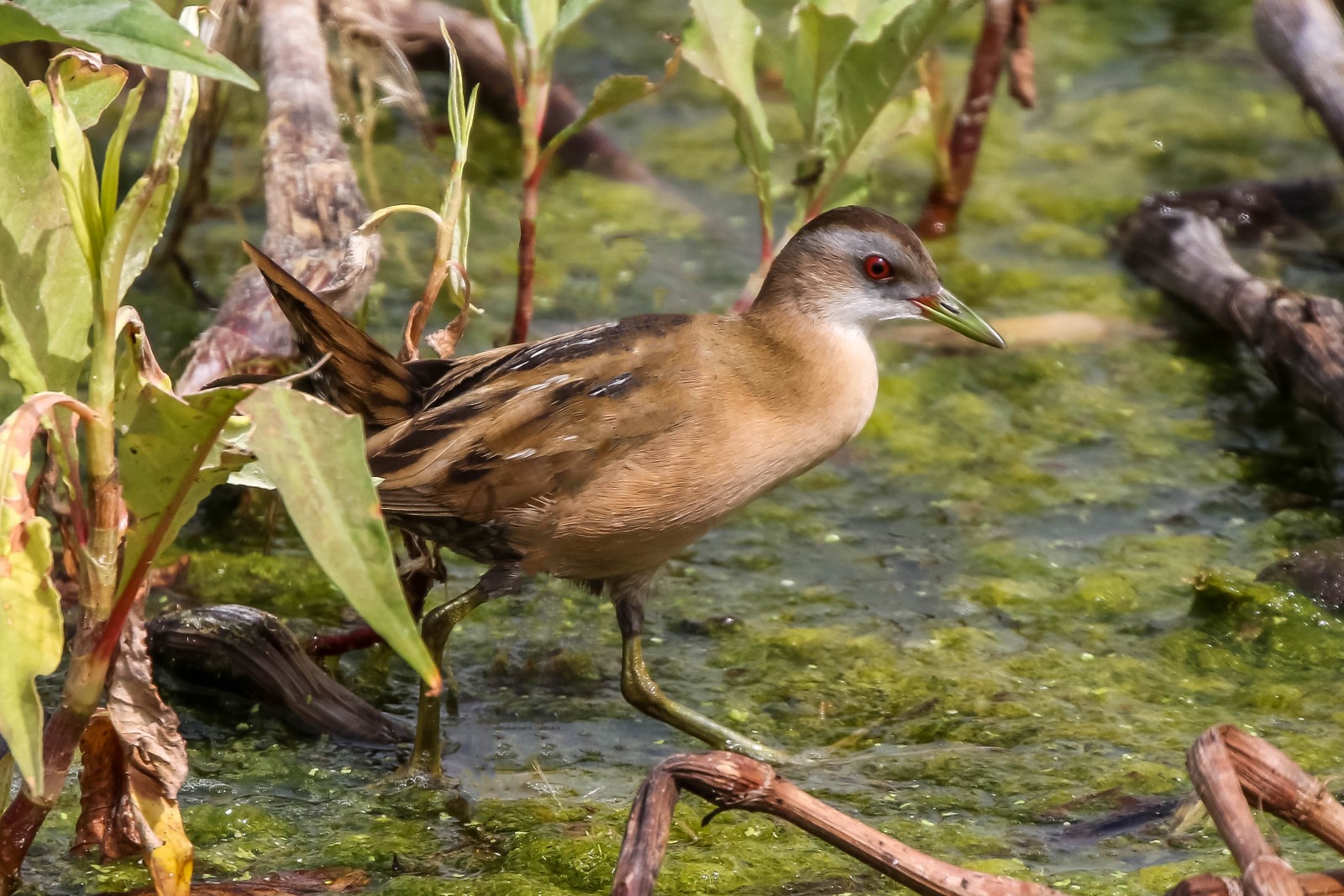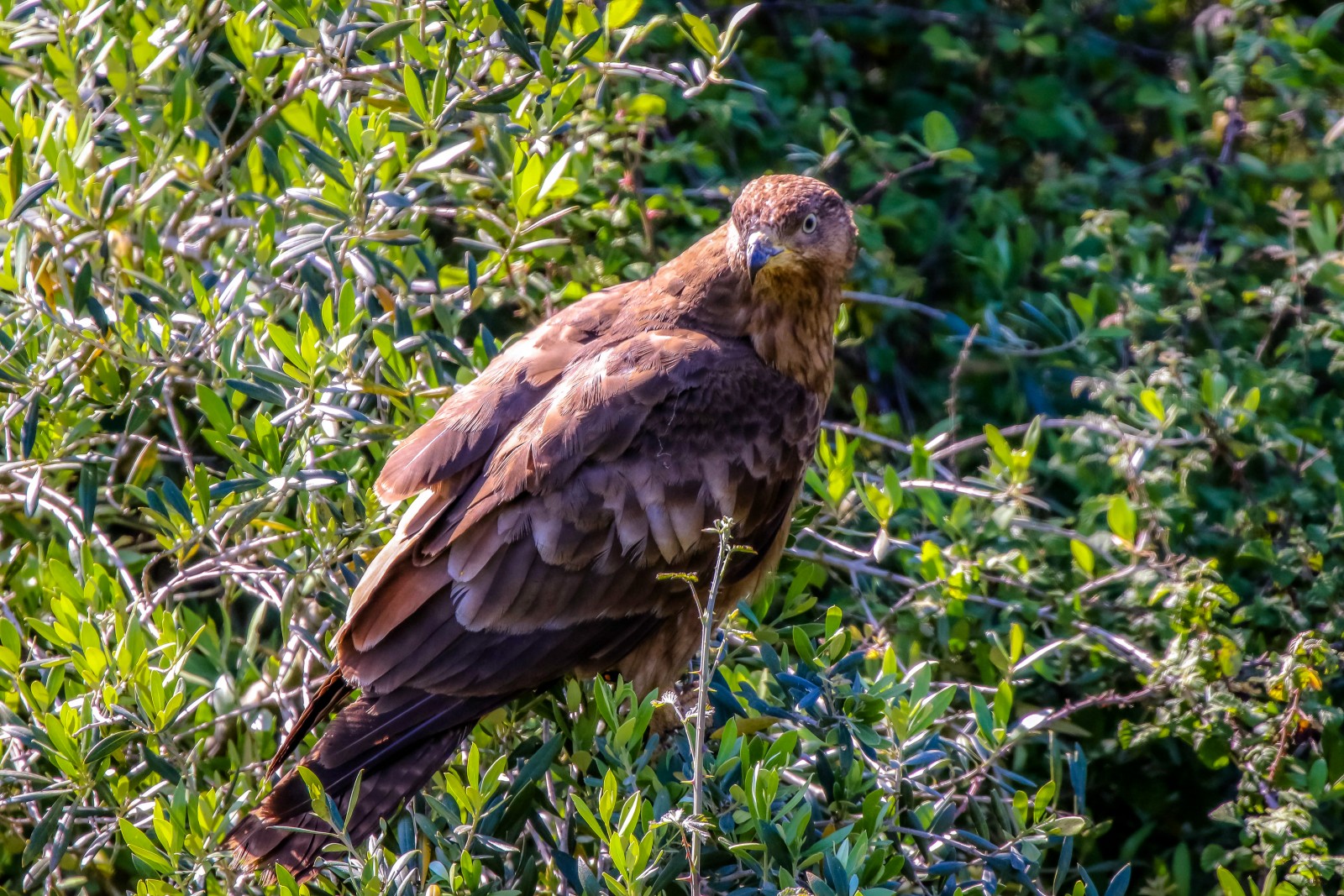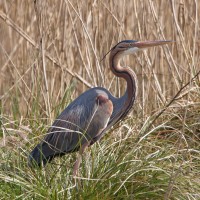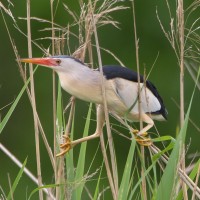Beschrijving
From a birding point of view the Agia (or Ayia) Reservoir is undoubtedly the best wetland on Crete. The large areas of open water, extensive reedbeds and surrounding scrubland attract many species of interest during the breeding season and on migratory passage, like Kleinst Waterhoen, Klein Waterhoen, Porseleinhoen, Roerdomp, Woudaap, Purperreiger, Kwak, Wespendief, Buizerd, Bruine Kiekendief to mention a few.
Details
Toegang
Agia Reservoir is situated 9km south of Chania (Hania or Xania) on the road to Samaria. Stop at the small village of Agia and park near the church, explore the eucalyptus woods and reservoir from here. Directions from Chania, from the main national highway at the junction to Omalos/Samaria road (set your car trip to zero) travel 6.5km take the turn right at the village of Agia, just past the large church. There is a large sign with a swan directing to the lakeside taverna. Continue 0.6 km to a left hand bend, take the gravel track on the right, you are at Agia, parking is 50 metres.
Terrein en leefgebied
Wetland , Verspreide bomen en struiken , Meer , RietveldenOmstandigheden
VlakRondlopende wandeling mogelijk?
JaTelescoop meenemen?
NeeWanneer hier vogels kijken?
Lente , Herfst , Het hele jaarToptijd voor dit gebied
Voorjaarstrek , NajaarstrekRoute
Breed padZwaarte wandeling
GemakkelijkToegankelijk via
Te voetVogelkijkhut aanwezig?
JaExtra info
There are two Cafe's on the lake with great views where you can get a meal and refreshments. Aviod visiting on Sundays, this place is very popular with locals walking. While Spring and Autumn are the best times of the year for observing the migrants, there are birds at Agia Lake all year round. It's an excellent wetland site notable for both breeding birds and migrants. Dense reeds and trees around parts of the lake provide cover for breeding birds and shy species such as Bitterns. Many birds overwinter here. It is an important site for the threatened Witoogeend. Over 200 bird species have been recorded.
